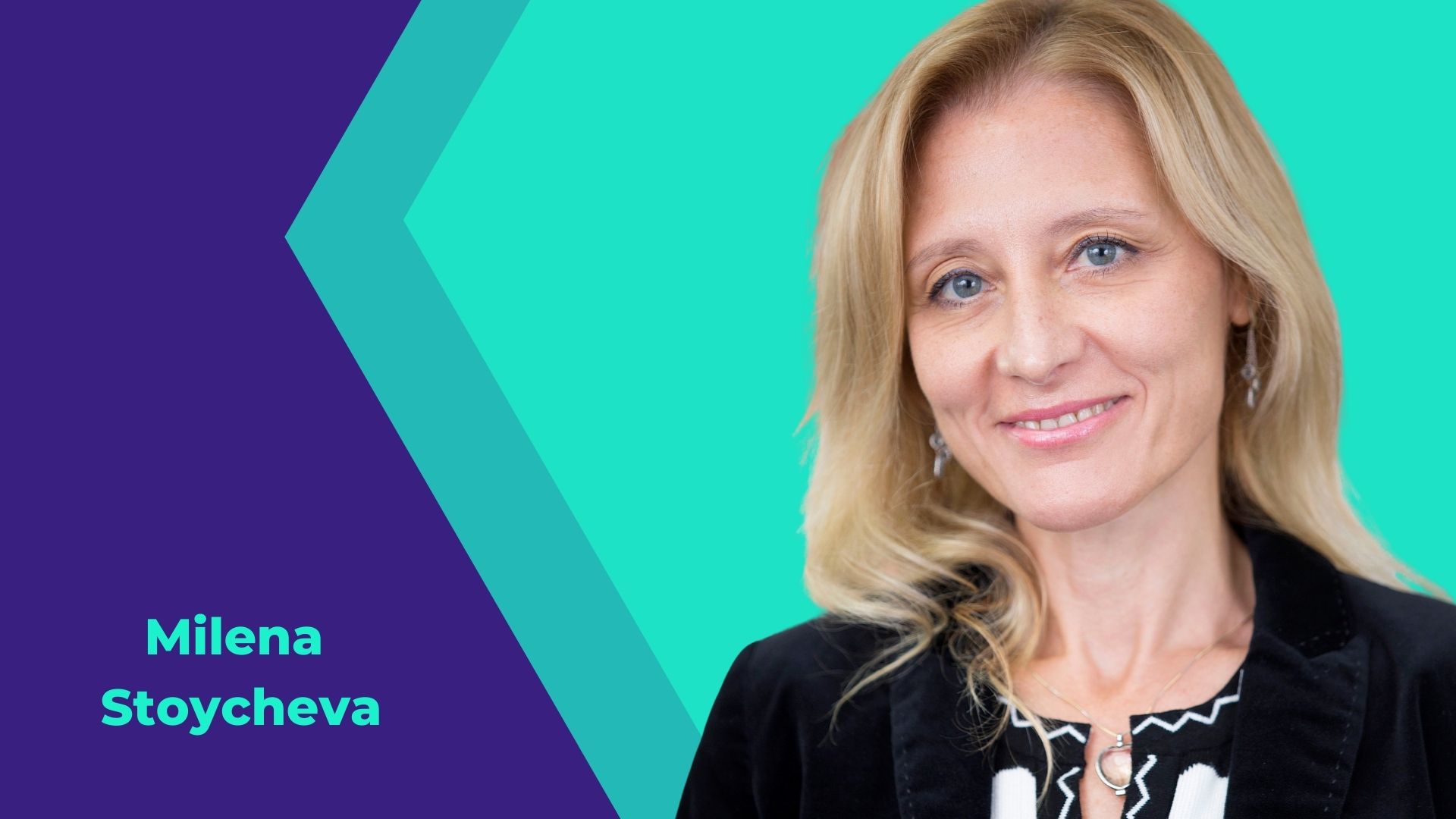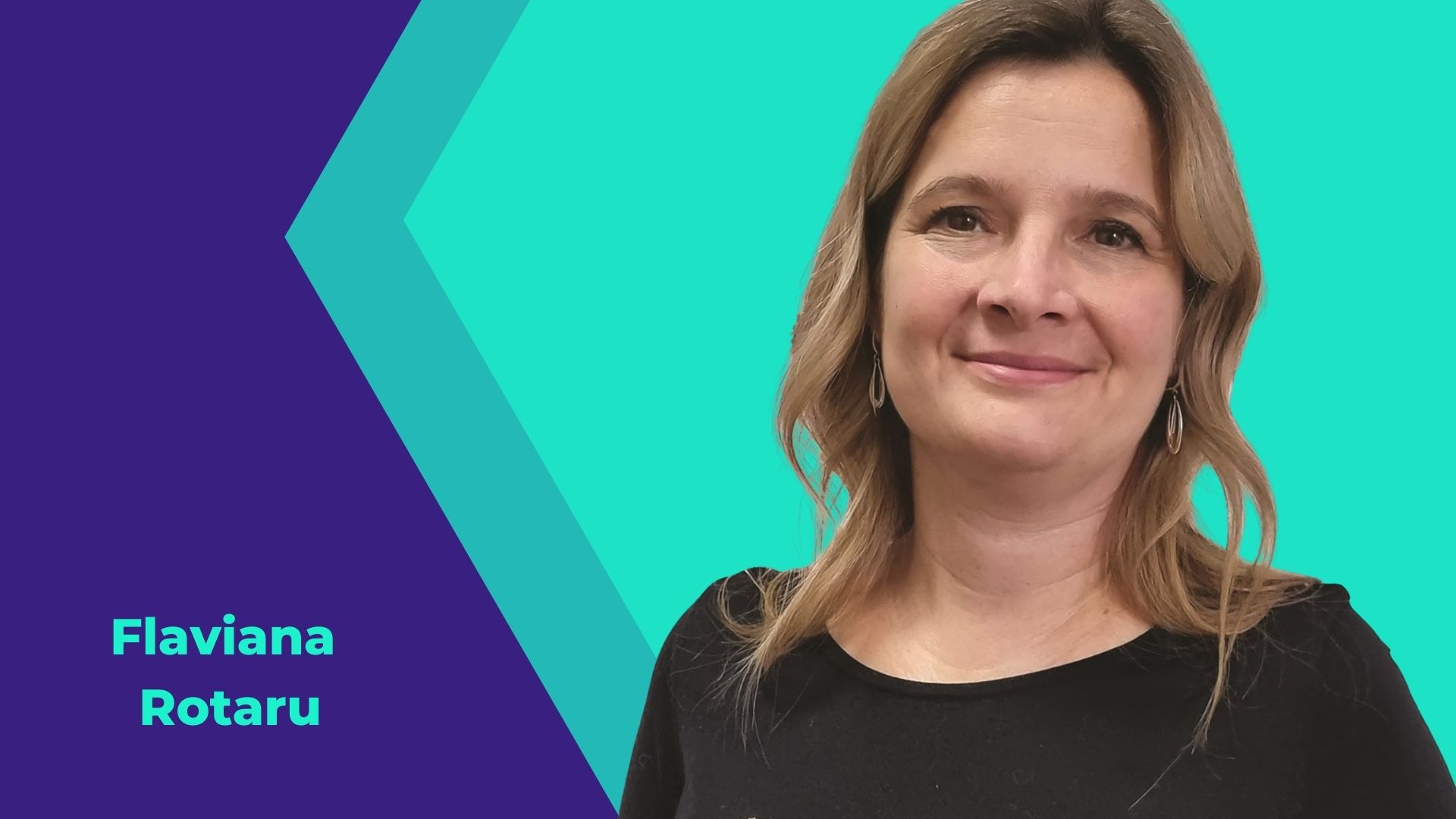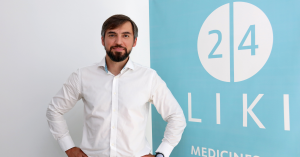The past two years have presented unprecedented challenges for the global healthcare industry. Due to the COVID-19 pandemic, the medical system has been put under the microscope, as well as offered the fast ticket for acceleration. While some challenges have arisen, such as the toll on the health workers and limited access to specialists and treatments, we have also seen a rise in solutions.
The data shows that the health vertical will see rising funding rounds in the next few years. For example, EU4Health aims to invest over €5 billion until 2027 to develop solutions for the pandemic, cancer, and pharmaceutical niches. It will work together with other European programs, like the Cancer EU Mission in Horizon Europe. This aims to improve the lives of over 3M people by 2030 with a fund of over €378M to be tapped into for developing solutions in the next 2 years.
In this SEE healthcare tech outlook, The Recursive dives into the challenges and opportunities in the local Bulgarian and Romanian ecosystems to get a glimpse of the future of health. We also get to discover the importance of health Clusters, with the help of Milena Stoycheva, Chairperson of the Digital Health and Innovation Cluster in Bulgaria, and Flaviana Rotaru, President of ROHEALTH Cluster in Romania.

Healthcare Tech: the challenges and opportunities
“The public sector provides mostly the cure. Our mission is to move from cure to care,” Milena Stoycheva, CEO at Junior Achievement (JA) Bulgaria and Chairperson at Digital Health and Innovation (DHI) Cluster in Bulgaria, tells The Recursive.
“I have been contributing for over 20 years the highest input of mandatory insurance and, yet, I had to pay when I needed surgery. The doctors aren’t the problem, the infrastructure and access to the best care for everybody are,” Milena Stoycheva adds.
To begin with, in this health vertical, there are specific nuances. HealthTech refers to prevention and monitoring rather than treatment. MedTech is used inside hospitals for diagnosis and treatment. While BioTech describes the processes that involve living organisms, for example, to create new drugs or vaccines. These are not like other disruptive verticals.
#1 First, it requires collaboration from different stakeholders, as doctors and clinicians cannot launch companies on their own and also focus on developing treatments. This is where health Clusters aim to bring together local players.
#2 Then, ecosystem players, like the government, VCs, and Angel Investors, are required to have patience since solutions in the medical field can take years to provide viable solutions due to late results.
#3 Education plays a big role in solving this issue.
“Education needs to be done by players who have recognized the value of digitalization and transformation, but also the need to transform the sector from being focused on treatments to focus on care. Education is equally the opportunity and responsibility of every citizen,” Milena Stoycheva explains.
#4 There is also the issue of liberalizing more funds for health startups to develop their solutions. The tickets for this vertical are too low compared to other verticals and other countries. In more developed countries, the median funding per health startup is between €8M-€12M, compared to around €500K in SEE.
Milena Stoycheva believes tech founders are changing the rules of the game, showing how with less money they can provide new, more flexible, solutions compared to the ones in the public healthcare sphere.
“Some enterprises offer their solutions at a micro-level and now this needs to be taken up to a macro level in the country,” Milena Stoycheva adds.
#5 Last, but not least, development of more governmental initiatives. In Romania, for example, Flaviana Rotaru, the President of ROHEALTH Cluster, shares that there is a need for an independent entity that deals with the certification of medical devices. Now, many Romanian companies need to be “CE marked” abroad, then come back to the country. She adds that in 2021, there has been no governmental funding, so startups had to work only with the private sector.
“A Romanian mini-producer will not be able to compete with a large series producer. In other countries, innovative products are affordable through the insurance company, and that matters for stimulating local entrepreneurs. A real public policy to support start-ups and its implementation in a sustainable way would help more than capital injections,” Flaviana Rotaru says.

The role of Health Clusters
The DHI Cluster in Bulgaria was launched over three years ago with a dozen startups. Now, it has over 40 tech startups in different developmental phases. Junior Achievement Bulgaria and Novartis are the founding members, and some of their startups include names like Kelvin Health, an AI solution that detects health issues, and Tiger Technologies, which offers computer software for storing data.
Mira Ganova, who is the CEO of the Cluster, shared with us that they are trying to develop a platform where all the stakeholders in the healthcare sector can join with their experience to support the development of patient solutions.
“DHI Cluster has become a live organism, where the industry knowledge meets technology, and this approach at a global level is going to result in a longer life spent with better patient outcomes, quicker R&D, improved infrastructure and data management, improved collaboration across practitioners, more partnership across the sector and the reductions in silos,” Ganova concludes.
In Romania, ROHEALTH is the only Health and Bioeconomy Cluster and it has been launched as an NGO in 2015. It has over 80 members and last year it received the ECEI GOLD Label „Excel in Cluster Excellence”, a certification released by ESCA, the European Secretariat for Clusters Analysis.
Their mission is to support different health-related and research entities, like startups, to develop their solutions; but also generate and sustain initiatives for the improvement of health in the country. VoxiKids is part of their cluster and aims to develop a digital solution for speech therapy. It has recently raised €100K.
The healthcare tech outlook for Romania and Bulgaria: Local competitive advantages
Bulgaria has many competitive advantages in the health vertical, according to Milena Stoycheva. She accents the good STEM curriculum and also the fact that Bulgaria is a small market that allows technological solutions to be tested and validated. Another key growth area is represented by clinical trials data.
She admits that many things need improvement, like the digitalization of the public services, but the new Bulgarian government wants to emphasize this. And once it decides to do it, it can be done quickly, due to the fast internet speed, and local innovative solutions.
“Romania’s competitive advantages when it comes to digital health are the competitive medical human resources, very good computer science schools, and the specific creativity of the young Romanian,” Flaviana Rotaru shares.
What is next for health in Bulgaria and Romania
This year, the Bulgarian health cluster will focus on developing strategic partnerships with players in the ecosystem. They want to identify more startups and support their journey. To do so, they launched the Beyond pre-accelerator implemented by JA Bulgaria targeting students, young professionals, and JA alumni.
The big trends the organization is seeing take off are telemedicine, preventive care solutions for wellbeing, customization of treatments, and AI solutions to help physicians record and store data. These are the fastest verticals to scale with technology.
As for Romania, Flaviana Rotaru believes that the healthcare tech outlook in the country will depend on the financing offered by the Romanian state. The regional framework is somewhat formed, but the state has to co-finance between 10%-30% to develop the existing ideas. There is a €400M fund, part of Romania’s National Recovery and Resilience Plan, for digitalizing health.







